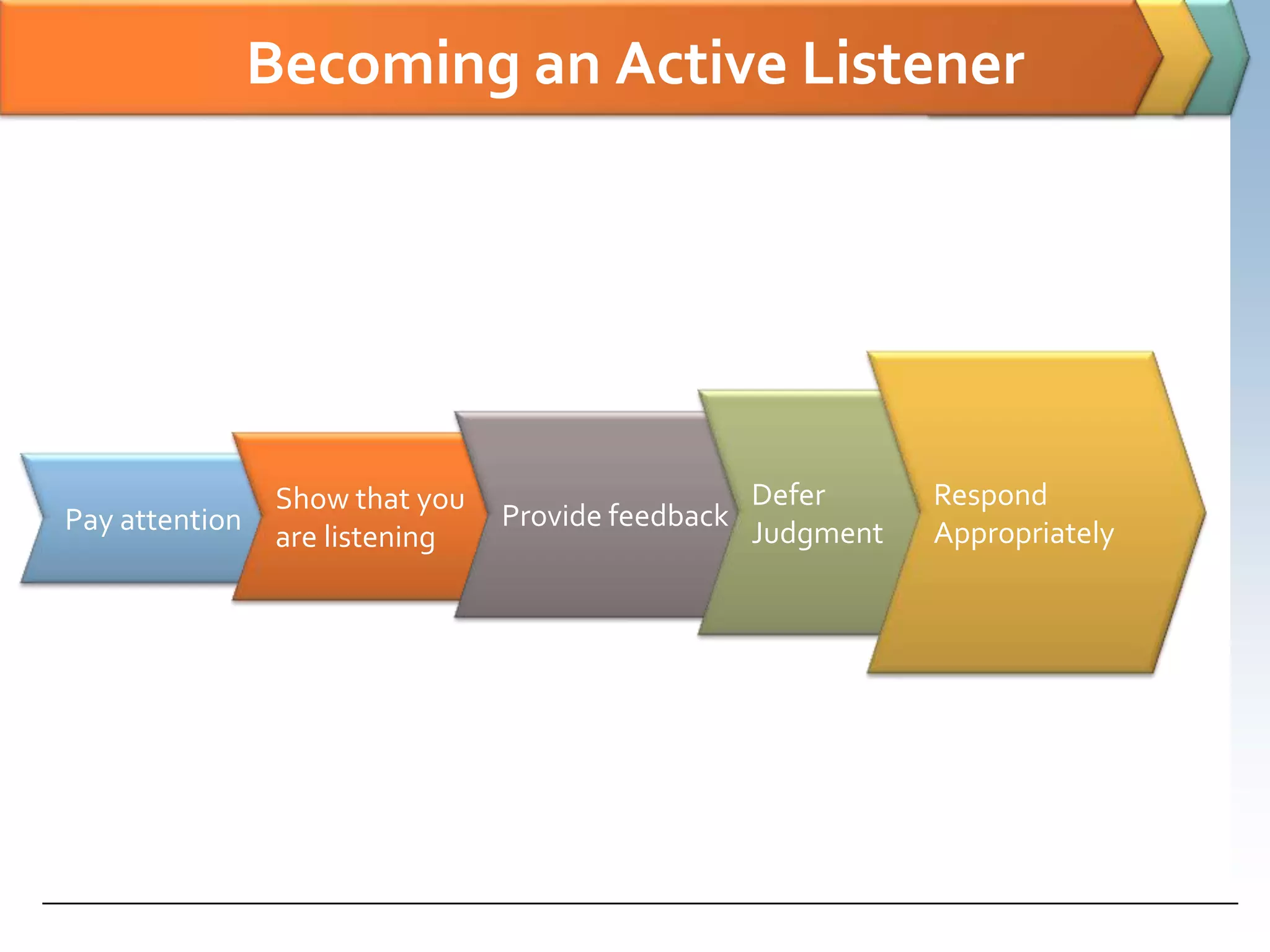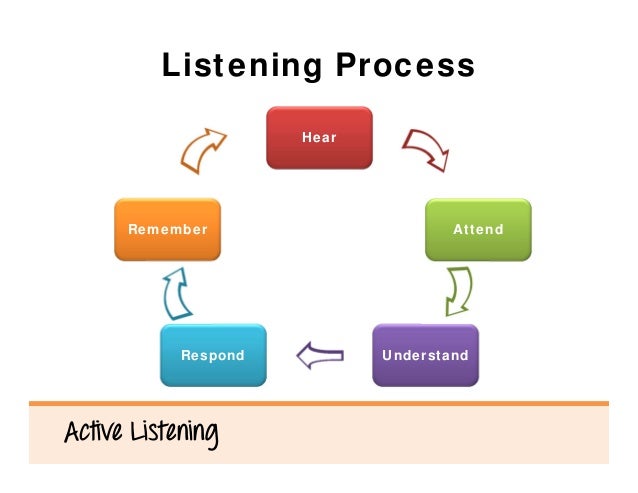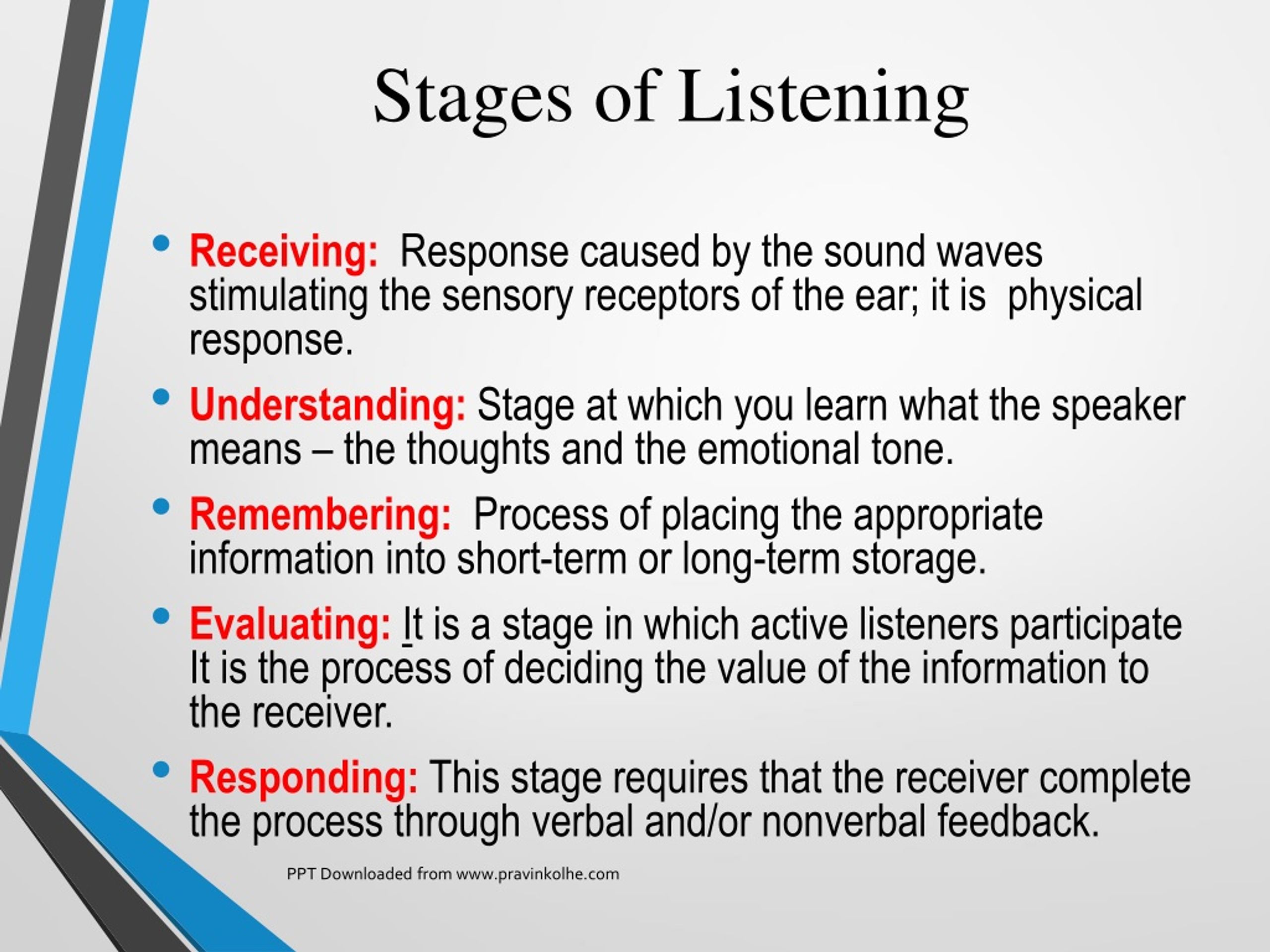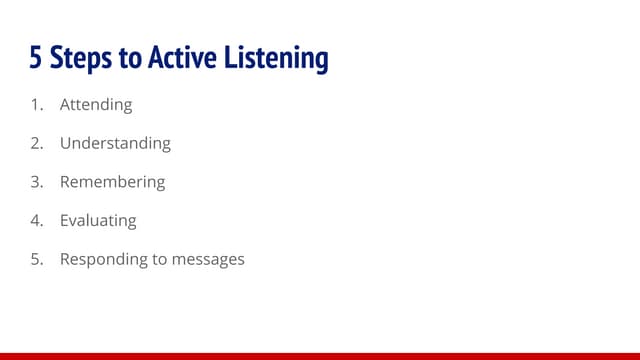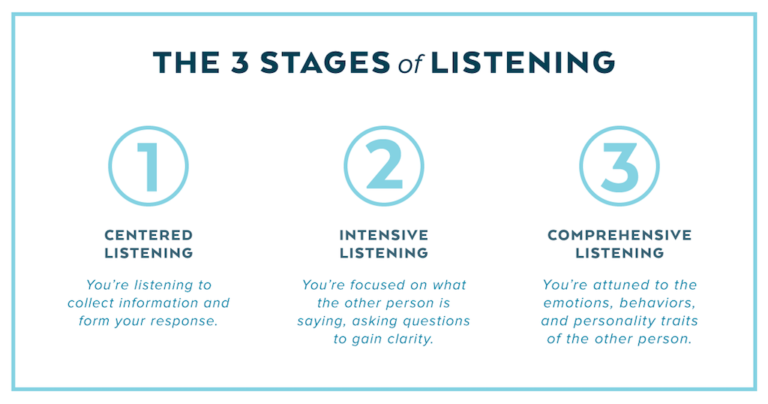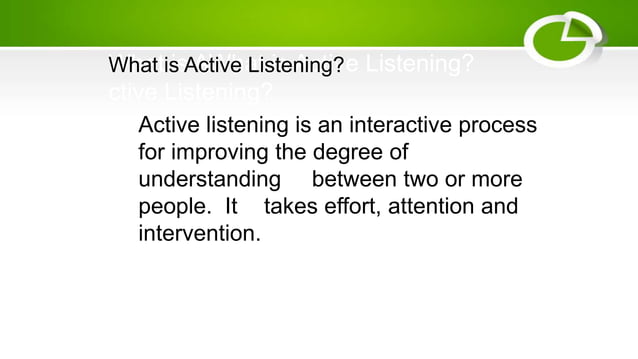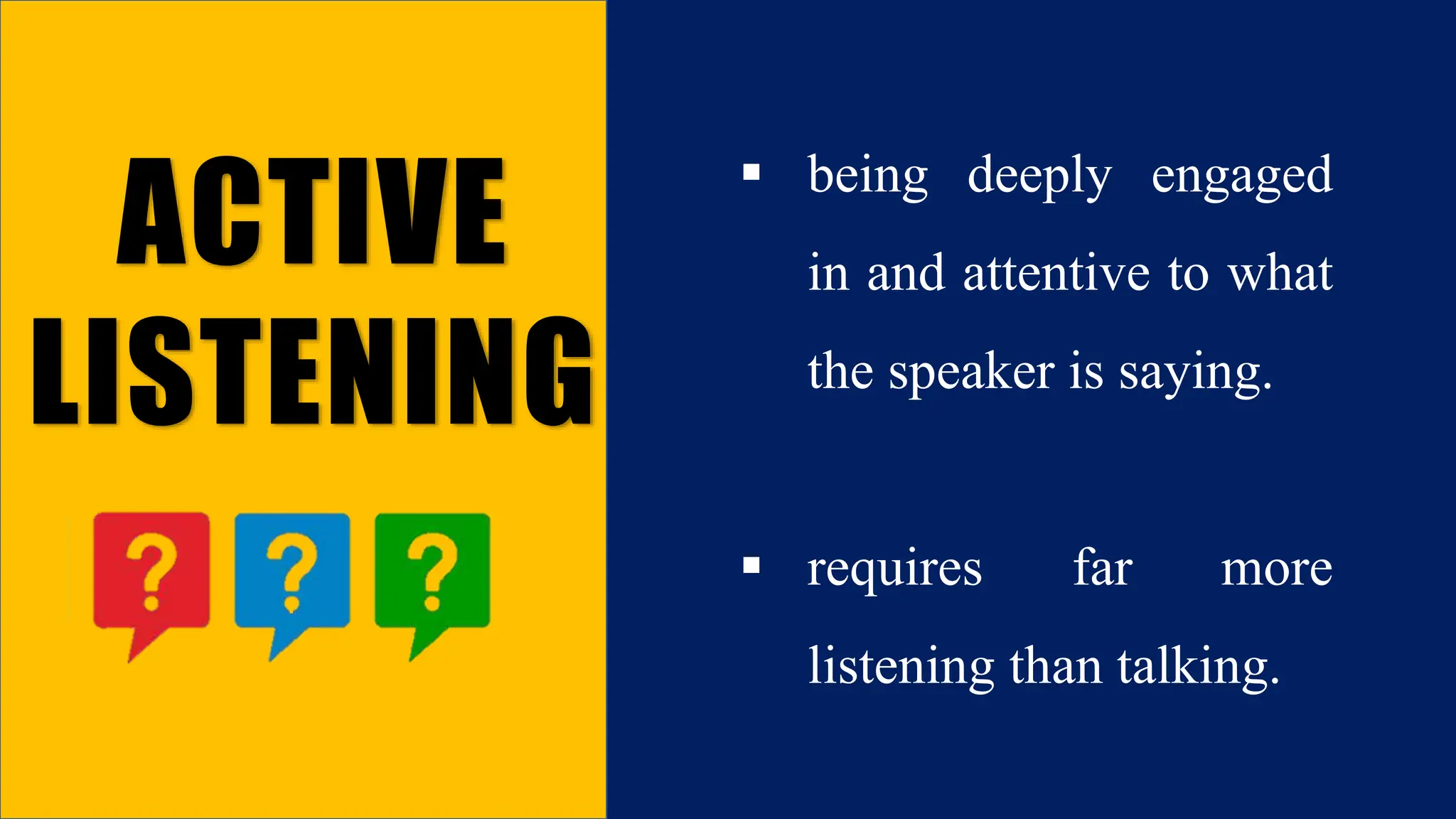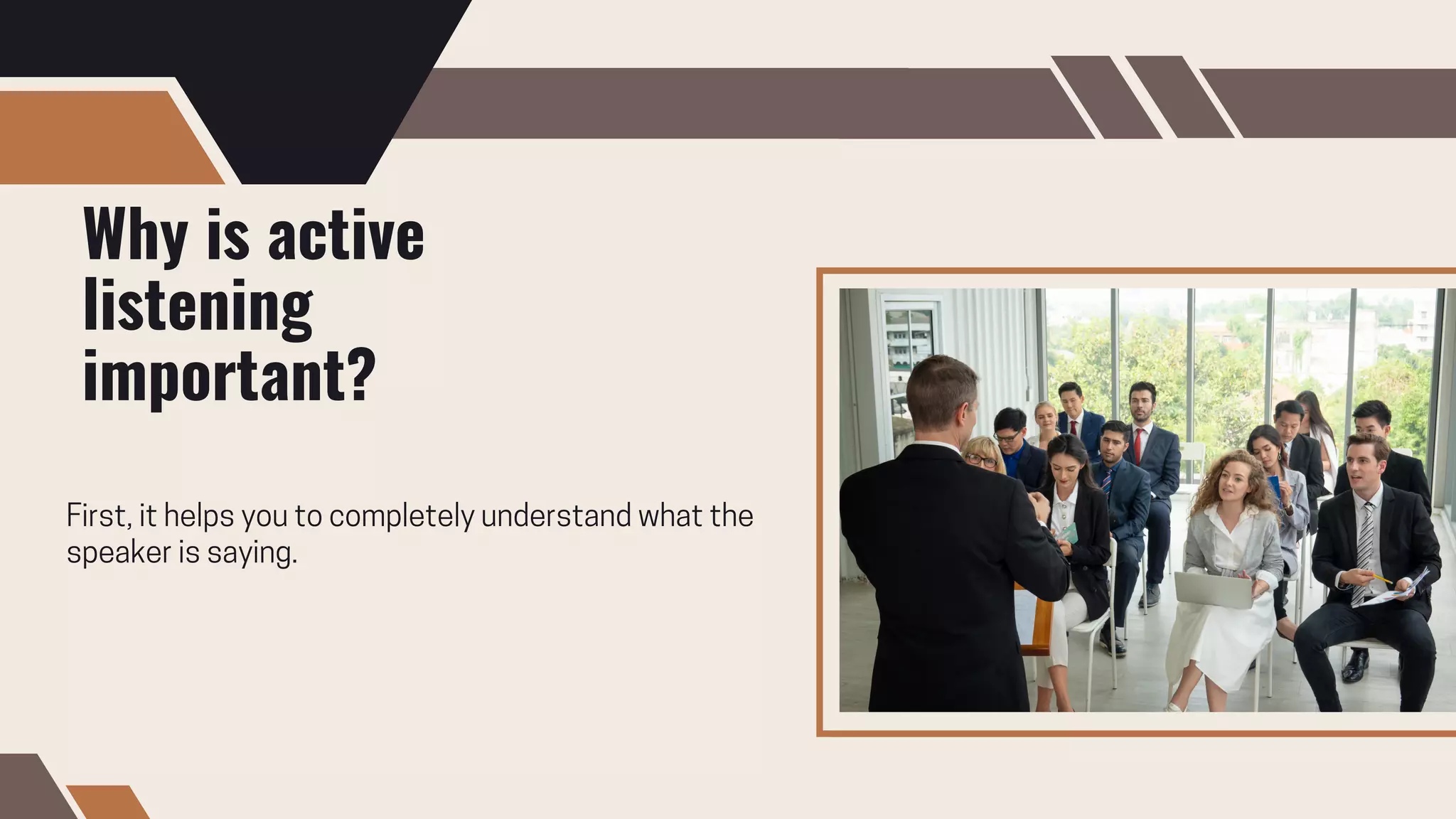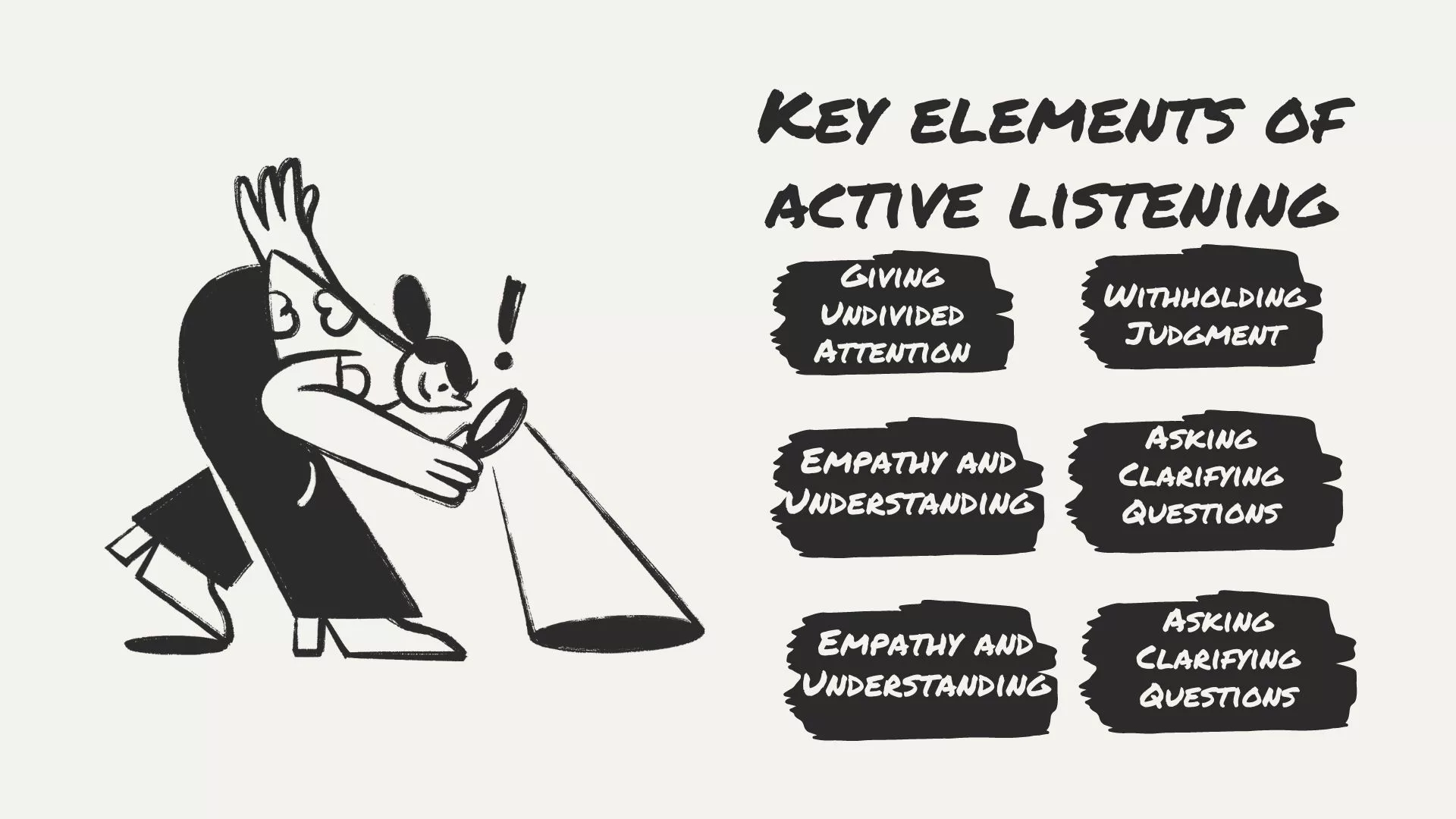The Final Step In Active Listening Involves
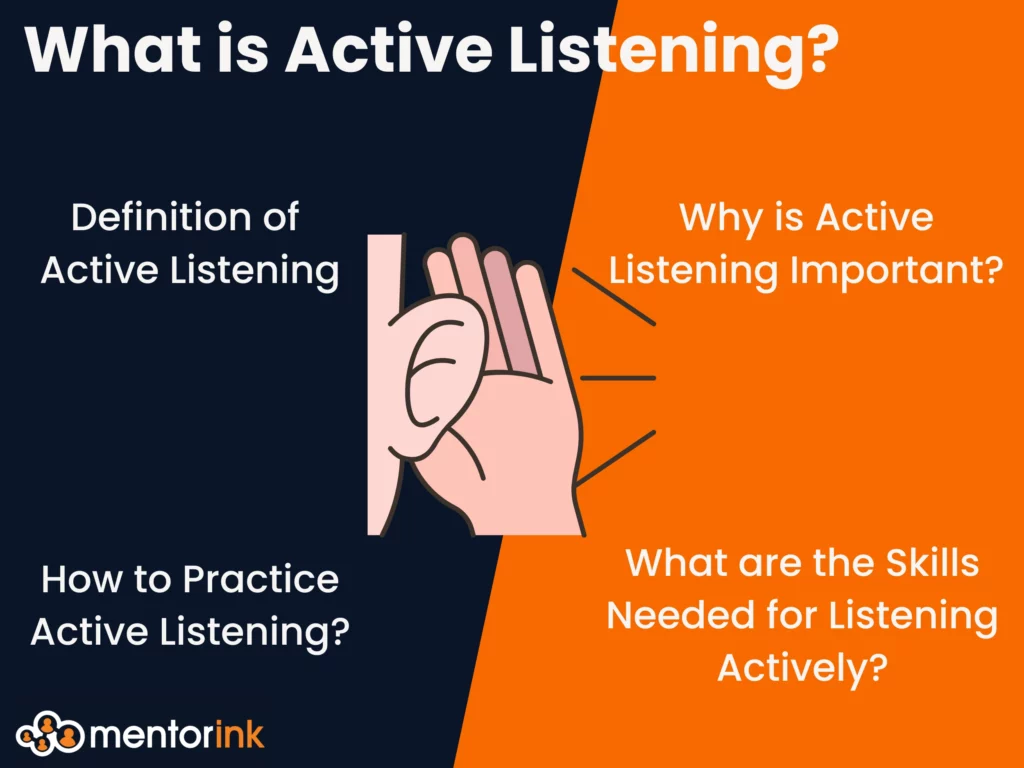
In a world saturated with noise and divided by ideological trenches, the ability to truly listen has become a rare and valuable skill. Misunderstandings breed conflict, and opportunities are lost due to superficial engagement. While strategies for better listening abound, many fall short by overlooking a critical element: what happens *after* the words are spoken.
At the heart of active listening lies a multi-stage process – hearing, understanding, remembering, evaluating, and responding. However, the true linchpin that solidifies genuine connection and ensures effective communication is often missed: the act of following through. This involves transforming insights gleaned from listening into concrete actions, demonstrating a commitment to the speaker's concerns and solidifying the relationship.
The Missing Piece: Action and Follow-Through
Active listening, as defined by the Center for Creative Leadership, is a "communication technique that requires the listener to understand, interpret, and evaluate what they hear." It's not merely about being present, but about engaging deeply with the speaker's message. However, many frameworks neglect to emphasize the importance of acting upon what has been heard.
According to a recent study by the University of Southern California's Annenberg School for Communication and Journalism, only 35% of individuals report consistently taking action based on information shared with them. This suggests a significant gap between hearing and doing, undermining the potential benefits of active listening.
This final step of following through is where the rubber meets the road. It transforms listening from a passive exercise into a dynamic tool for building trust and achieving tangible results.
Why Follow-Through Matters
The impact of consistent follow-through is multi-faceted. First, it builds trust. When individuals see that their words translate into action, they feel valued and respected. They are more likely to share information openly and honestly in the future.
Second, it promotes accountability. Following through demonstrates a commitment to the speaker and the agreed-upon course of action. It fosters a sense of shared responsibility and increases the likelihood of achieving desired outcomes.
Third, it enhances productivity. By acting on insights gained through active listening, individuals and organizations can avoid repeating mistakes, identify new opportunities, and streamline processes. This translates into improved efficiency and performance.
Practical Steps for Effective Follow-Through
Several concrete steps can be taken to ensure effective follow-through. The first is clarifying expectations. Before ending a conversation, confirm that you understand what the speaker expects from you and what actions you will take.
Second, is documenting commitments. Writing down agreed-upon actions and deadlines helps ensure accountability. Use tools such as to-do lists, project management software, or even a simple notebook to keep track of commitments.
Third, is setting reminders. Life gets busy, and it's easy to forget commitments. Set reminders in your calendar or to-do list to ensure that you follow through on your promises. Regular follow-ups on promises enhance trustworthiness.
Fourth is communicating progress. Keep the speaker informed of your progress, even if it's just a brief update. This demonstrates that you are actively working on their concerns and keeps the lines of communication open. Providing updates fosters a sense of trust and collaboration.
Potential Pitfalls and How to Avoid Them
Despite its importance, following through is not always easy. There are several potential pitfalls that can derail even the most well-intentioned individuals. Overpromising can lead to disappointment and broken trust.
Lack of time management and poor organization can also hinder the ability to follow through. Similarly, fear of failure can paralyze action. Address these issues by being realistic about your capabilities, prioritizing tasks effectively, and embracing a growth mindset.
To counteract these potential pitfalls, it's essential to be realistic about what you can accomplish. Avoid overpromising and focus on making small, achievable commitments. Break down large tasks into smaller, more manageable steps.
"Effective listening is not just about hearing what people tell you, but about showing them that you understand and care," explains Dr. Brenda Fashimpaur, a communication specialist. "Following through on commitments is the ultimate demonstration of that care."
The Organizational Impact
The principles of active listening and follow-through extend beyond individual interactions to impact organizational culture. Companies that prioritize listening and action are more likely to foster employee engagement, build strong customer relationships, and drive innovation.
Consider the example of Zappos, a company known for its exceptional customer service. Their employees are empowered to listen actively to customer concerns and take immediate action to resolve issues. This commitment to follow-through has created a loyal customer base and a strong brand reputation.
"We believe that listening to our customers and acting on their feedback is essential to our success," says Tony Hsieh, former CEO of Zappos, in his book "Delivering Happiness". "It's not enough to just hear what they say; you have to show them that you care by taking action."
Looking Ahead: The Future of Active Listening
As technology continues to transform the way we communicate, the importance of active listening and follow-through will only increase. In an age of instant messaging, social media, and virtual meetings, it's easy to become distracted and disengaged.
Organizations and individuals alike must prioritize the development of active listening skills and cultivate a culture of follow-through. This requires conscious effort, ongoing training, and a commitment to building stronger, more meaningful connections.
By mastering the art of listening and embracing the power of action, we can bridge divides, foster collaboration, and unlock our full potential. The final step in active listening is not just about closing the loop but about opening the door to a more connected and productive future.
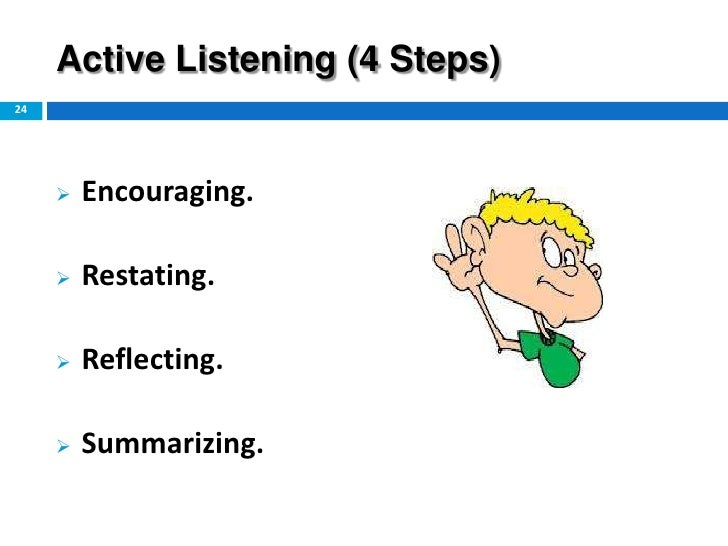
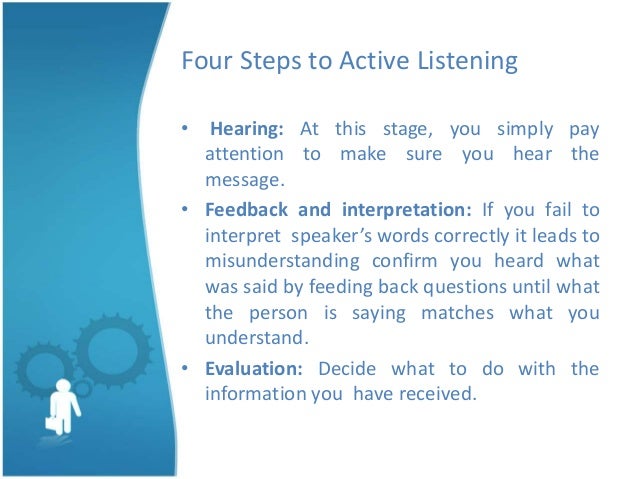
:max_bytes(150000):strip_icc()/active-listening-skills-with-examples-2059684-ct-edit-b374ca3a973b466283314e6ee3ae7b1a.jpg)
+messages..jpg)

